As part of its joint venture collaboration with German research organisation Fraunhofer, Australian battery tech company Altech Batteries has enhanced the design of its “plug and play” GridPack battery units that are to be manufactured at a facility being developed in Germany.
Perth-based Altech has partnered with Fraunhofer to advance the development and commercialisation of its Cerenergy sodium chloride solid state battery energy storage systems. The joint venture is progressing plans to construct a 120 MWh per annum manufacturing facility in Germany.
Altech said the Cerenergy technology relies on sodium ions commonly found in table salt and avoids using rare and expensive metals such as lithium, cobalt, graphite and copper. The company estimated that its battery energy storage systems could be up to 40% cheaper to produce than lithium-ion alternatives.
Earlier this year, Altech unveiled the design of its 1 MWh GridPack but it has now updated that design in a move that allows the battery energy storage units, housed in standard shipping containers, to be stacked atop one another with an electrical connection that is incorporated within the frames enabling an effortless “plug and play” setup.
“This configuration allows for the parallel or series connection of GridPacks to augment the operational voltage,” the company said, adding that the design “minimises the space occupied by grid storage battery packs and eliminates the necessity for separate cooling airflow around the GridPacks.”
The design update comes as Altech revealed it has increased the projected output capacity of the proposed battery manufacturing plant from 100 MWh to 120 MWh per annum.
Altech Managing Director Iggy Tan said that during the final stages of the facility design the group had identified capacity for “significant” expansion of production output without incurring any additional capital costs.
“Initially, our approach to facility design was quite conservative,” he said. “However, as we’ve progressed in finalising the overall equipment operations, it has become evident that we possess the capability to increase our production rate.”
Tan said the company is now entering the final stages of its definitive feasibility study for the manufacturing facility and has already commenced talks with “a couple” of potential off-takers.
“We have a lot of incoming interest,” he said, adding that the company is “focusing on one potential off-taker for all our batteries for the first five years of the project.”
This content is protected by copyright and may not be reused. If you want to cooperate with us and would like to reuse some of our content, please contact: editors@pv-magazine.com.
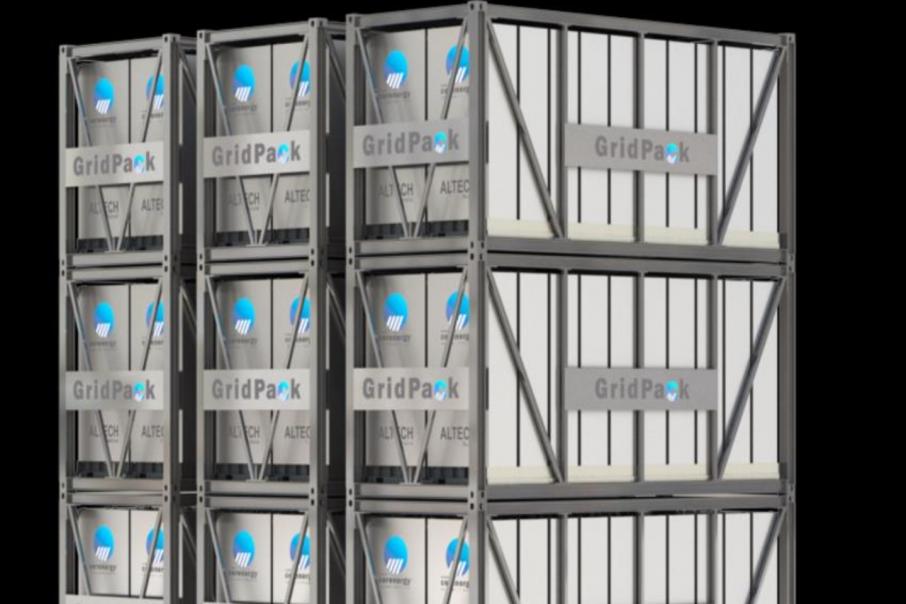
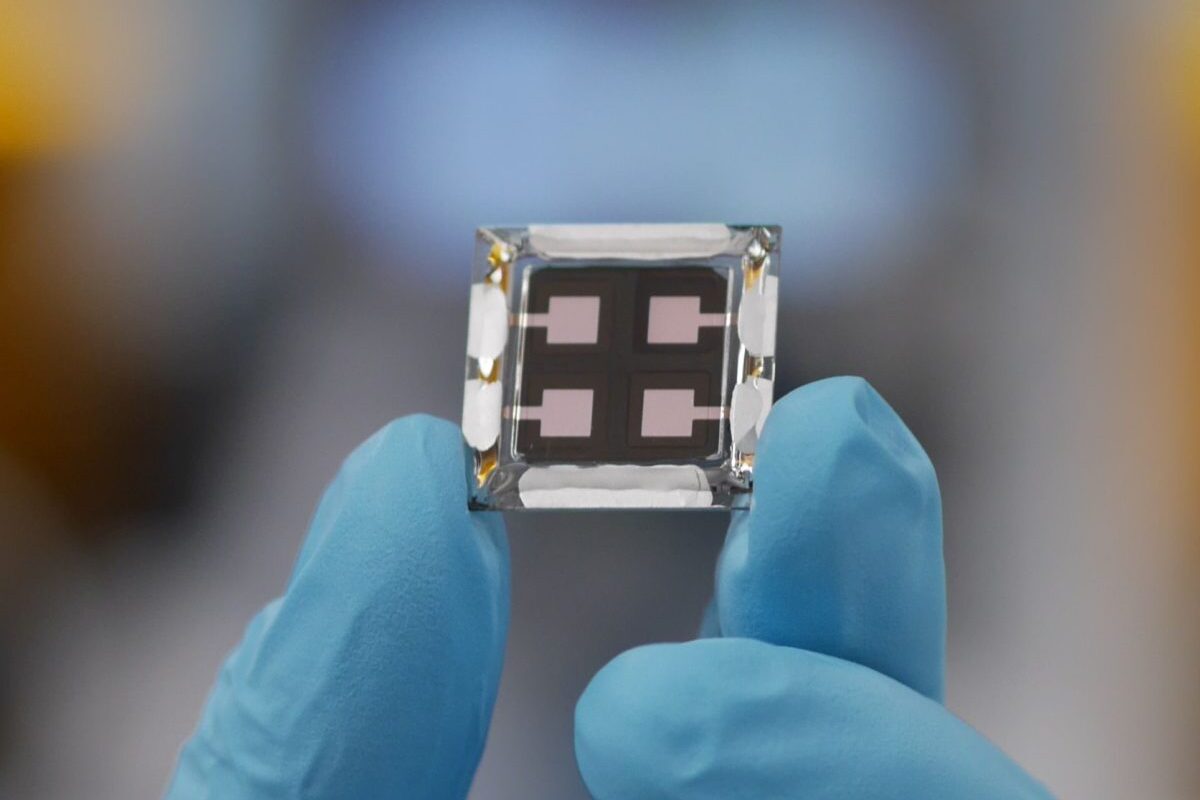


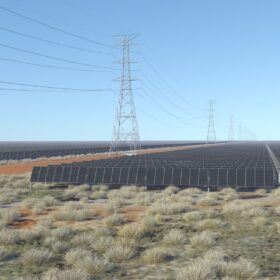
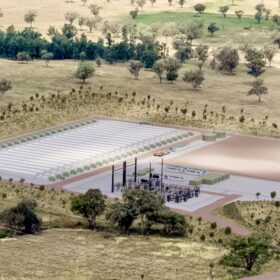
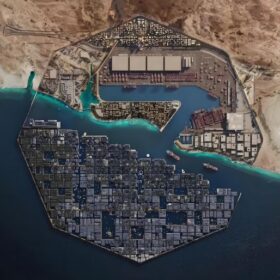
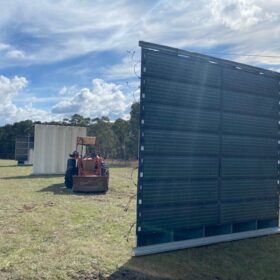
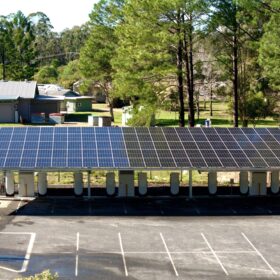
2 comments
By submitting this form you agree to pv magazine using your data for the purposes of publishing your comment.
Your personal data will only be disclosed or otherwise transmitted to third parties for the purposes of spam filtering or if this is necessary for technical maintenance of the website. Any other transfer to third parties will not take place unless this is justified on the basis of applicable data protection regulations or if pv magazine is legally obliged to do so.
You may revoke this consent at any time with effect for the future, in which case your personal data will be deleted immediately. Otherwise, your data will be deleted if pv magazine has processed your request or the purpose of data storage is fulfilled.
Further information on data privacy can be found in our Data Protection Policy.